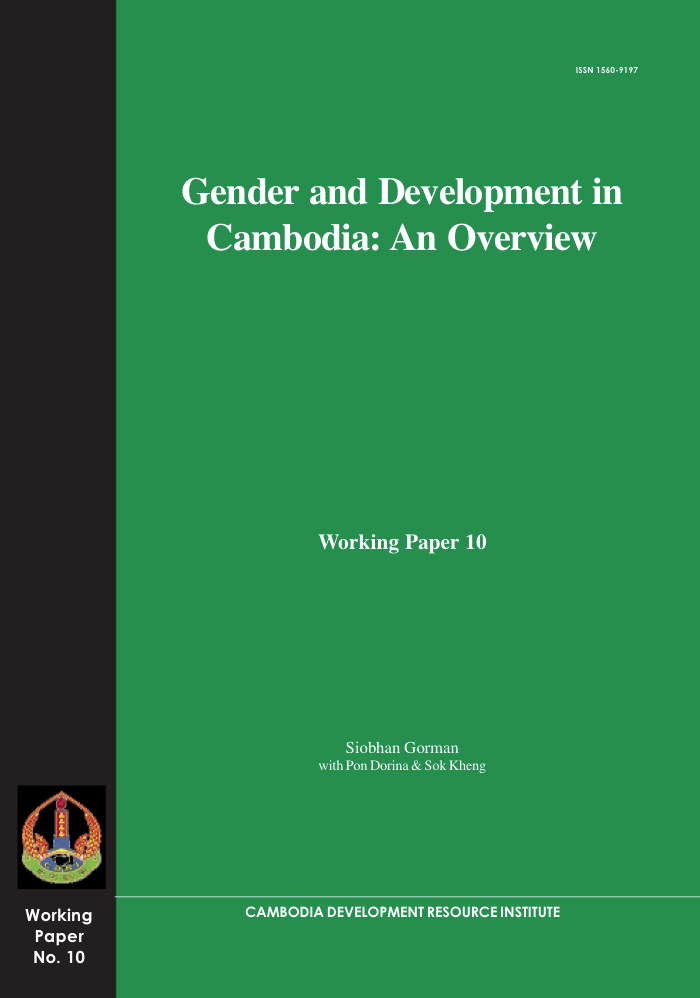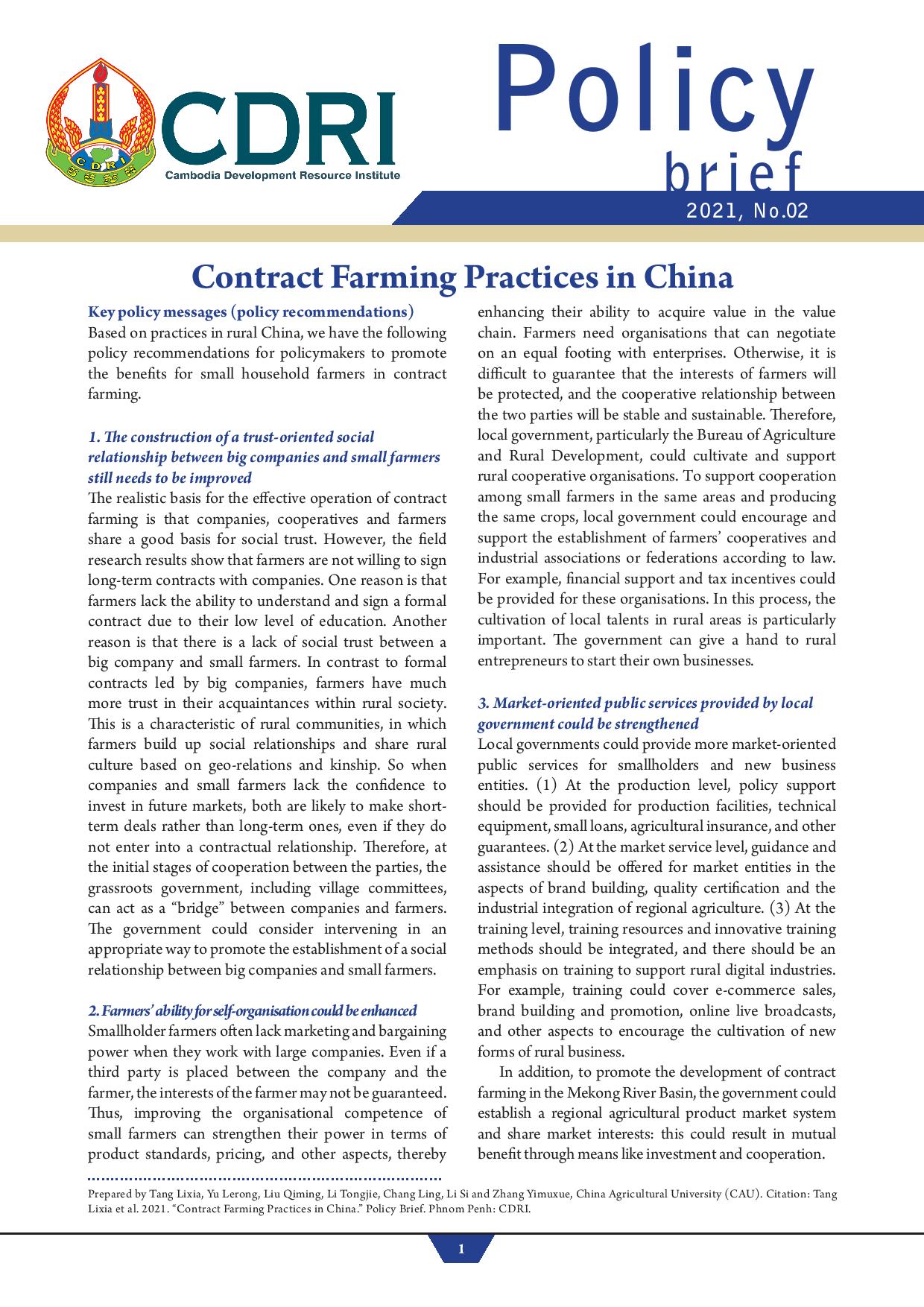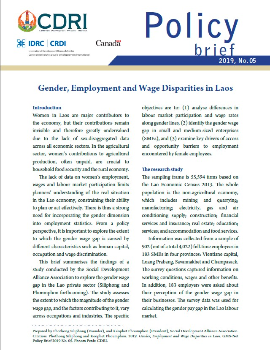
Abstract/Summary
This paper highlights the gender gaps in contemporary Cambodian society, and discusses the constraints and underlying attitudes which determine women’s disadvantaged position.
As new resources, opportunities and structures are introduced in the course of development in Cambodia, gender differentials are becoming apparent. Underlying assumptions about gender and power relations dictate the way in which new resources are allocated. New and modern inputs are generally accepted to be a “male” domain. In formal education, girls are under-represented at all levels, with the gender gap widening as the level of education rises. This directly affects women’s position in the labour market, with fewer women than men in professional and leadership positions. Women form a minority in the new wage labour sector, but a majority of market traders. Following the most recent national election in 1998, the first women ministers were appointed, but only eight of the 122 members of the National Assembly are women. This means that women have very little say in the creation of the rules, regula[1]tions and policies that affect their lives.
This working paper provides an overview of current issues for gender and development in Cambodia, drawing together key issues from literature and research, and reviewing the latest statistics. Issues are presented under three broad headings—education, health, and economy and labour. Gender gaps revealed in the most recent statistics are highlighted, together with an analysis of the gender constraints which lead to women’s disadvantage in accessing the mate[1]rial and non-material resources of contemporary Cambodian society.
The paper is intended as a basis for further analysis, discussion and research, and includes suggestions for further research at the end of each chapter.
DOI: https://doi.org/10.64202/wp.10.199906



